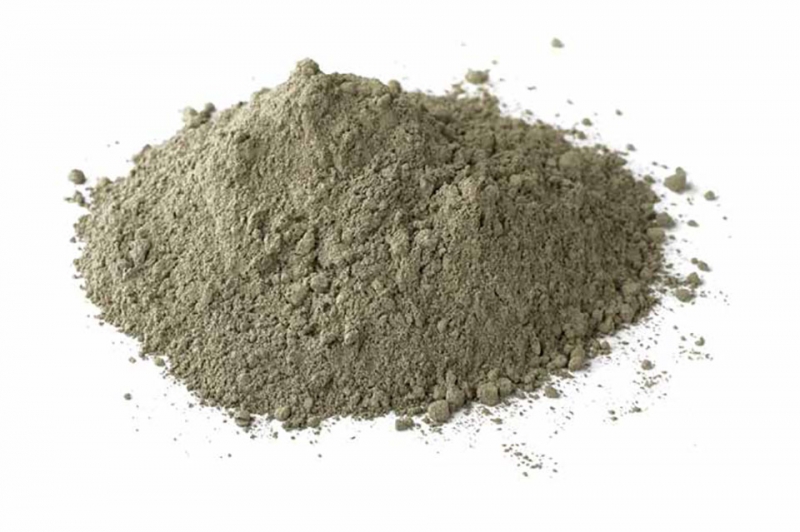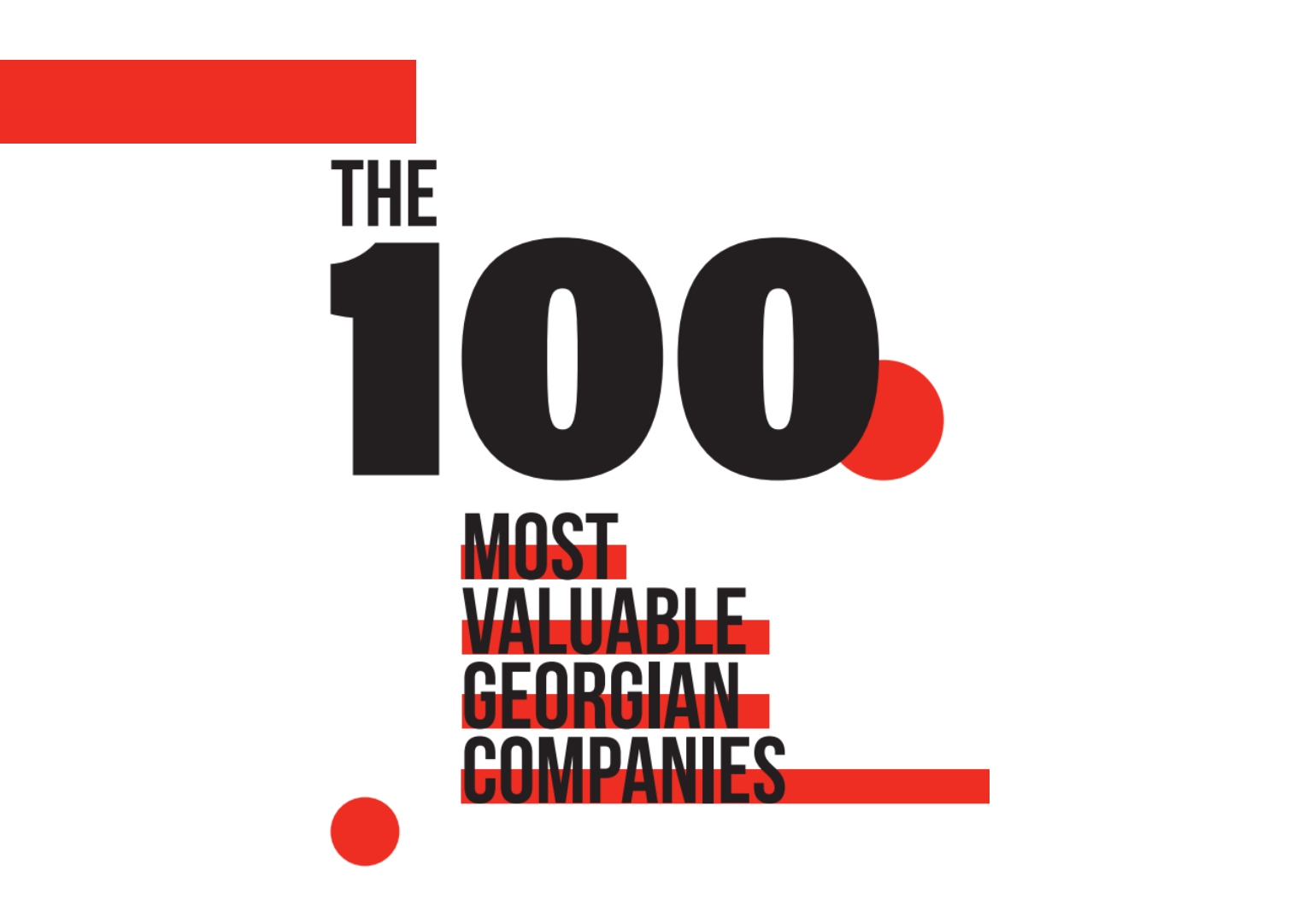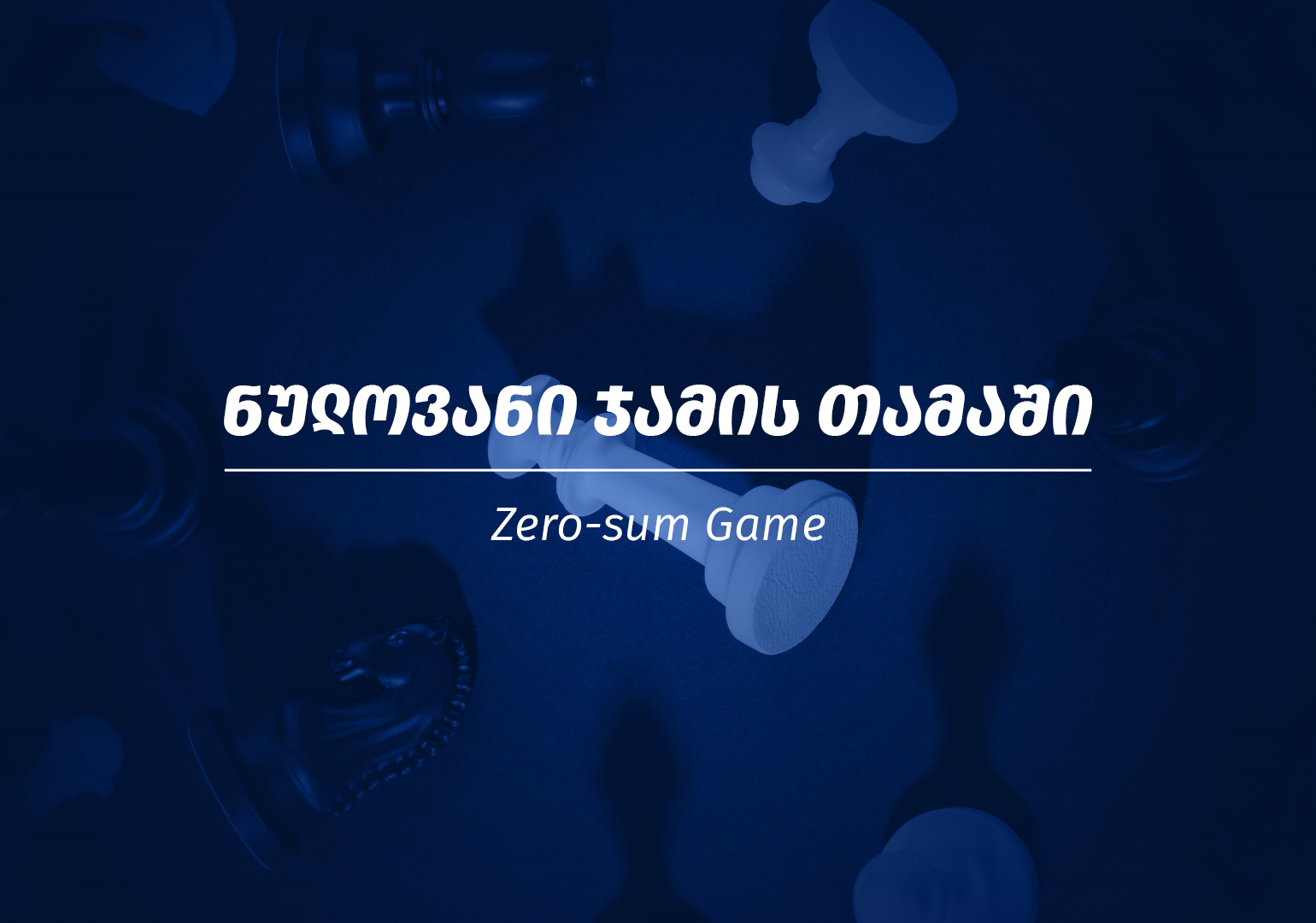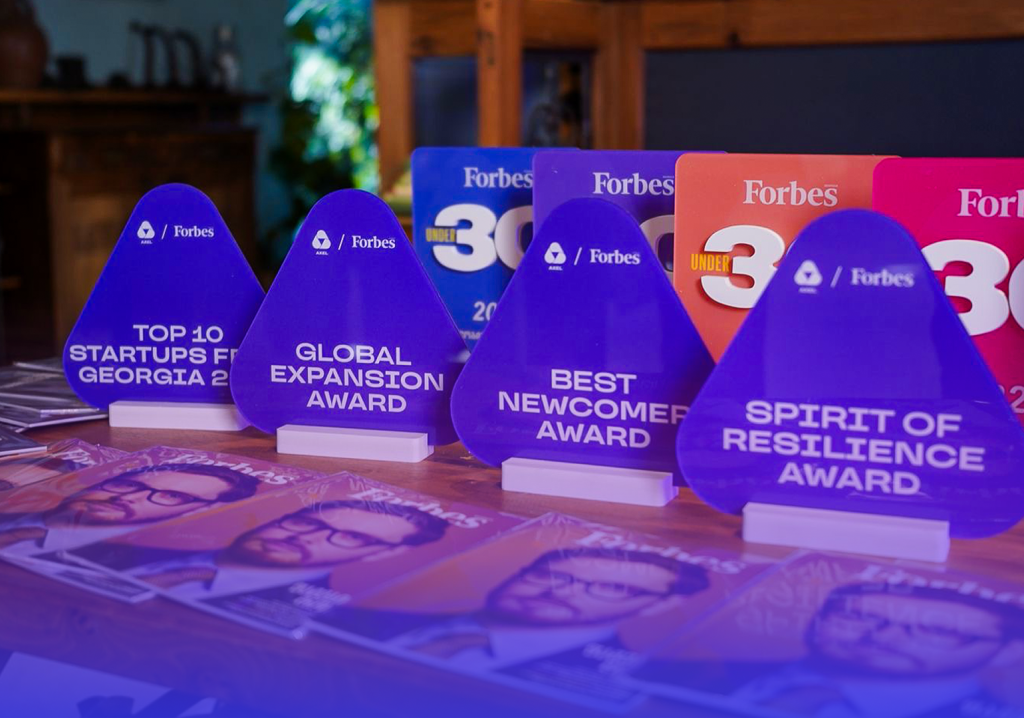SINCE JANUARY 2017, the Georgian Cement Association (GCA) has been drawing attention to the problem of counterfeit bagged cements being sold in Georgia and urging all stakeholders and the government to take corrective action.
“Fake” cement. Cheating with cement quality is not harmless: it can lead to injuries and fatalities from collapsed construction. Quality cements require a blend of certain materials. Clinker, the most expensive of these, is milled together with gypsum, slag and other additives following specific formulas needed to yield different types of cement.
Counterfeit cement products use much less of these critical components in order to save on manufacturing costs, but the quality of the cement suffers dramatically. Cutting back significantly on clinker can thus increase a manufacturer’s profitability enormously, even after paying unscrupulous distributors – all at the consumer’s expense.
The GCA has been conducting blind testing in the marketplace for one year now. In December 2017, 14 out of 25 cement samples failed, ranging in quality from minus 39% to an astounding minus 90% from the claims on the bag, an abysmal result. Cheap and useless materials were clearly substituted for the critical components needed to make good cement.
Tell-tale signs. Since consumers cannot distinguish visually or by touch whether the cement they just bought corresponds to the description on the packaging or whether it is an inferior product, what can they do? Here are some suggestions:
• Do not purchase bags where neither the name nor the contact information of the producer is printed on the bag.
• Avoid bags labeled as coming from Iran or Armenia, since no cement from these countries was legally imported into Georgia in 2016 or 2017.
• Watch out for green bags that look like Heidelberg bags but with misspellings, other small distinguishing marks or no contact information.
• Be aware that bags priced 10-40% lower than bags of the same quality sold by reputable producers are not likely to be legitimate.
• Avoid dealers who stock obviously fraudulent bags next to legitimate ones.
The only way to guarantee a purchase is high-quality cement is to purchase only from companies endorsed by the GCA.
Risks of counterfeit cement. Purchasers of bagged cement must understand that cement is a commodity, and that significant differences in price must represent significant differences in quality. GCA testing has shown that the difference in quality is generally far greater than the difference in price.
When projects requiring durable cement are built with substandard cement, the construction may have to be repeated every 2-3 years. Thus, any “savings” will actually cost you money.
Then there are those projects that require structural strength: Georgia is an earthquake-prone area. If a house or dwelling built with counterfeit cement collapses, physical injury or death could result.
The unsuspecting purchasers of counterfeit cement thus run two risks: (1) being cheated regarding price and quality and (2) exposing themselves to physical harm by the collapse of structures built with fake cement.
Economic impact. All 14 of the substandard cements tested in December 2017 were made from imported clinker. These counterfeit cements use much less clinker than necessary in order to reduce manufacturing costs and to create higher profits for the owners of these companies.
In addition to producing inferior cement, these companies are also exporting Georgian jobs by importing clinker when sufficient quantities of domestic clinker are available to meet Georgian construction needs.
Importing clinker and cement also carries its own risks, because external market forces can easily make these imports no longer economically attractive. Such a situation could result in an interruption of cement supply – which has occurred.
What GCA does. The GCA was founded in early 2017 to inform consumers, builders, the government and politicians of the counterfeit cement situation and to encourage all producers to improve quality production. Our approach is to:
• Under contract, the Georgian Chamber of Commerce randomly purchases 25-30 bags of cement on the open market quarterly for testing.
• The Chamber then makes five test samples from each bag and assigns each sample a number.
• These numbered samples – which lack company-specific identification – are then distributed to four accredited laboratories for blind testing.
• The lead laboratory is that of the fully independent Georgian Technical University (GTU).
• When the 28-day results are obtained, all the results are compared to ensure general consistency.
• The GCA then prepares a confidential table, which lists the results by company and ranks these results.
• The GCA then announces GTU’s results as to which companies’ cements are consistent with the description on the bags.
• The GCA does not mention the names of the companies whose bagged products are sub-standard and therefore counterfeit. The GCA encourages all Georgian cement producers to market products that conform to the quality stated on their bags. If such a level playing field is maintained, consumers will not have to worry about being cheated.
Every company producing cement in Georgia is eligible to join the GCA, provided their products pass our blind testing program on a continual basis.
Conclusion. Eliminating counterfeit cement products in Georgia will ensure safe and quality construction materials; protect the consumer; and create more jobs. We urge all relevant parties in government, as well as in the construction and the building materials sectors, to demand integrity in the quality and pricing of cement products manufactured in Georgia.















